How is it possible that land prices in Nepali cities with poor infrastructure are close to land prices in London, New York, Tokyo and Shanghai?
In Nepal, the real estate has become one of the most lucrative forms of investment. Trend for acquiring intangible physical assets in terms of land and buildings has been snowballing in recent years because of enormous profit accrued from investment in land. It has become such an unparalleled investment that people no longer mull over searching for alternative options.
There is no surprise why people have not invested elsewhere. For years, Nepal hasn’t been able to draw foreign investments due to unfriendly and cumbersome investment procedures despite government’s repeated promise of investment-friendly one-door policy. Domestic investments and entrepreneurs with good business acumen still remain in infancy. Business houses aren’t taking any risks, they are rather concentrating their businesses in immediate profit-making areas such as the real estate, hospitals, educational institutions, banking and insurance. They are acting as a hedge against market risks.
Those were the days
Previously, investment in other sectors had a fair standing in terms of the returns. For instance, till 1990 Nepali carpets had occupied a good share of business especially in the central Europe. Nepali carpets were competing with Iranian and Pakistani carpets in European markets. Exports of Pashmina shawls and readymade garments were equally doing well. But soon, the whole goliath of an industry had to shut down, due to unfair internal competition within the industries. Equally responsible factors are decade-long Maoist insurgency, global recession in 2008, unstable government, incessant internal riots, rampant corruption and the earthquakes of 2015. Amid this mayhem, people looked for quick money and investment in land proved to be one source of that. But the success was attained with the help of banks that overstated the land price in collaterals to cover their risks from bad investments in land and buildings.
N-REO launches multi-listing system targeting agents to manage...

In this process people siphoned off their life-long savings into procuring land for quick and most profitable return. As per the trend of the last one decade, investment in land has been returning in a miraculous profit with no risks. The fortunate ones with more capital also have the leverage of renting the house and receiving generous rental income along with skyrocketing price of the land. Thought it has benefited some individuals, it has ailed the overall economy as the gulf between the few rich and the more poor has tremendously widened.
Rise of inflation
The country is now slowly experiencing the dreaded aftermath of the rising inflationary pressure. Every so often the economy experiences nasty price spikes on basic goods and commodities. The basic essential items such as vegetables and fruits have gone beyond the affordability of lower middle-income earners. For instance, 25 kilos of potato costs Nepali equivalent of Rs. 800 in London whereas the same amount of potatoes cost Rs. 1250 in Nepal. Eating in restaurants is more expensive in Nepal than in medium grade restaurants in London, New York and Paris. Overall food items are much more expensive in Nepal than in any South Asian nations. True, it’s not only the result of the widespread transaction in real estate. Other factors such as lack of good governance to control market prices, widespread corruption and mismanagement are responsible for this situation.
Fundamentally, real estate prices are determined by market through demand and supply. For any reason, if the price jumps off the roof, the government should cap the price in order to prevent inflation from sneaking in. But here in Nepal, price determination occurs at the whims of real estate businesses without any economic rationale. Land prices are not set by the market or the government but by the sellers. This raises the price exorbitantly high and does not reflect true market valuation.
Time for shift
Thus the economy should move away from the real estate investment because it freezes money circulation. Though physical assets like land have an appreciating value, it is highly illiquid. It takes time to sell and during that period the money gets trapped. Though fundamentally risky, had people invested in stocks or in relevant businesses, it could have turned into dynamic payback.
Investment in harnessing our abundant water resources would have been much better. It would have fostered employment creation, domestic production, a greater multiplier-effect and subsequent contribution to the national GDP. Then a couple of intriguing questions come up: If everyone starts moving to the land business, what will happen to other businesses? Who will produce?
If we run through some basic numbers, we can see that Nepal’s economic performance has taken a beating. Despite being an agricultural country, we import almost all basic food items, like rice, legumes, sugar, confectionary, oil seeds, fruits, edible oil, cereals and even animal fodder from various countries. Over the past decade, imports of such items have extensively risen. Limited business prospect has hammered the average growth rate at a discomforting 4.47 percent. With miniscule exports, Nepali economy was forced to import more in order to meet the growing demand of the economy. The balance of trade has reached a negative US $1.17 billion in 2018. Further deficit awaits. In the middle of such ordeals, the government has vowed to upgrade the economy to a status of middle-income country by the end of 2030. In order to achieve this goal, the economy must achieve more than eight percent growth with an annual increase in investment of 10 percent. But this looks impossible at the moment.
With such scenario, the future prospect of Nepal is bleak at best. The growth in real estate has made the investment lopsided and caused erosion in other sectors that need investment. How is it possible that land prices in cities of Nepal with poor infrastructure and poor economy are close to price in London, New York, Tokyo and Shanghai? It simply doesn’t make sense that an economy with a per capita income of $812 has land price in the outskirts of the capital at more than US$ 30,000 per 42 square feet. Why has there been no monitoring? How will the lower middle class afford it? If this remains unchecked, it will cost us dearly.
We need domestic businesses that help in producing goods. This will cushion heavy economic shocks. Importing at present rate won’t be a viable option as it will be impossible to sustain. Investing in land may be of little or no help. Rather we need to produce more from the same land so that we could become self-sufficient in basic food items. We must mend the roof before the storm, while there is still time. We need to produce in our country to minimize the ever-increasing trade deficits to turn our dream of reaching the level of middle-income country status in reality.
The author is an MBA graduate from Asian Institute of Technology (AIT), Thailand
ajaya10adhikari@gmail.com




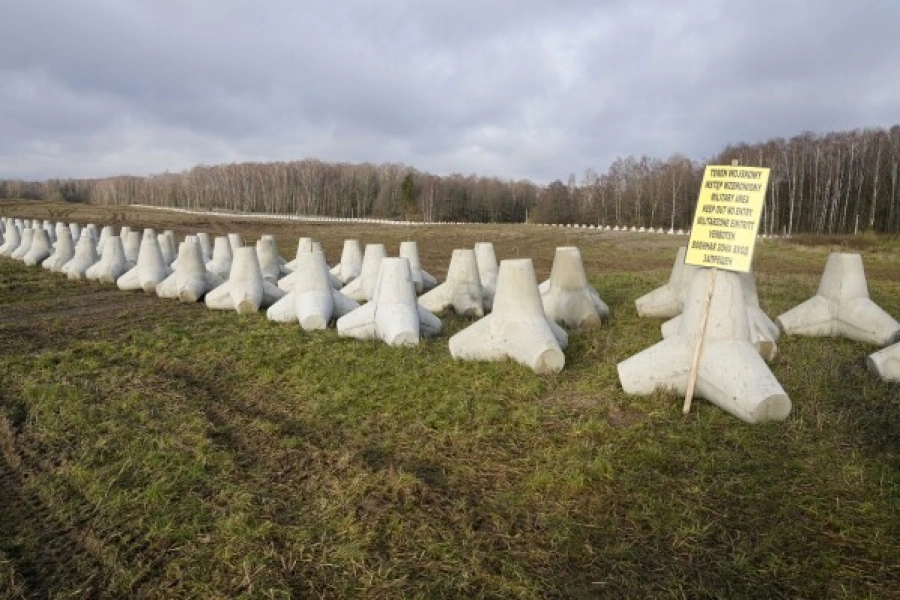

-1765616104-1765618344.webp)
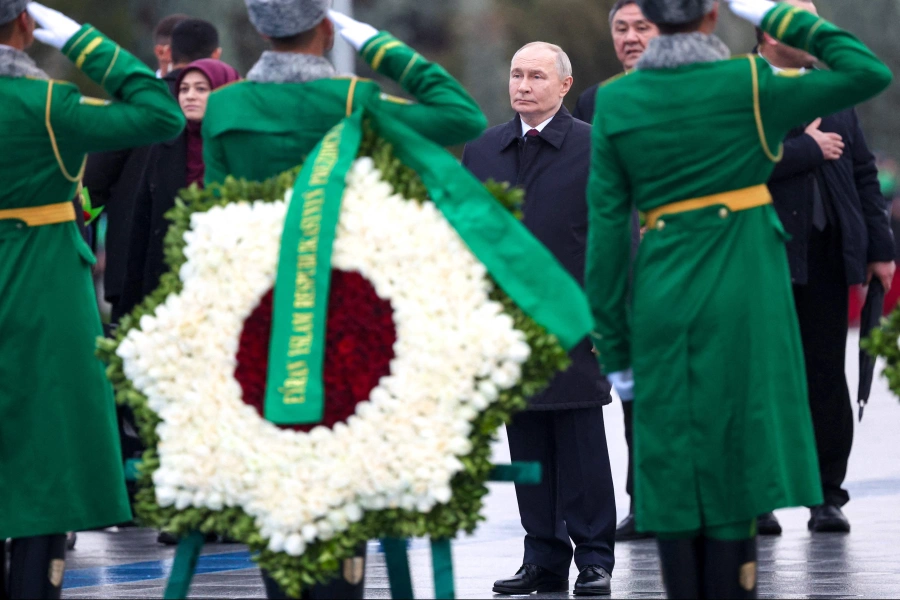
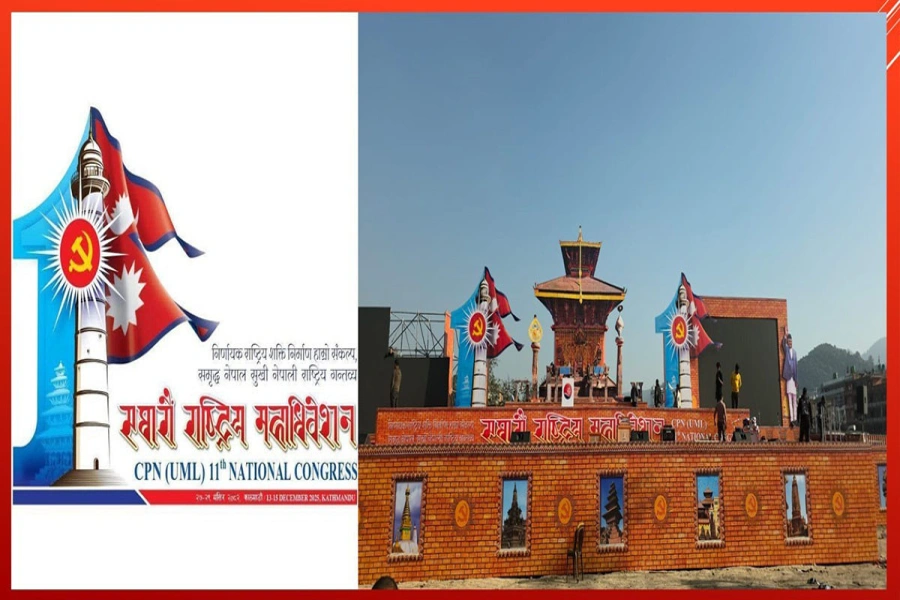





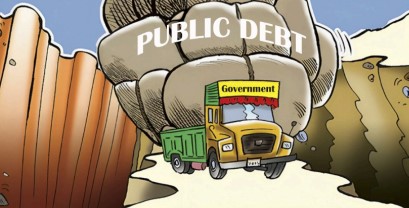
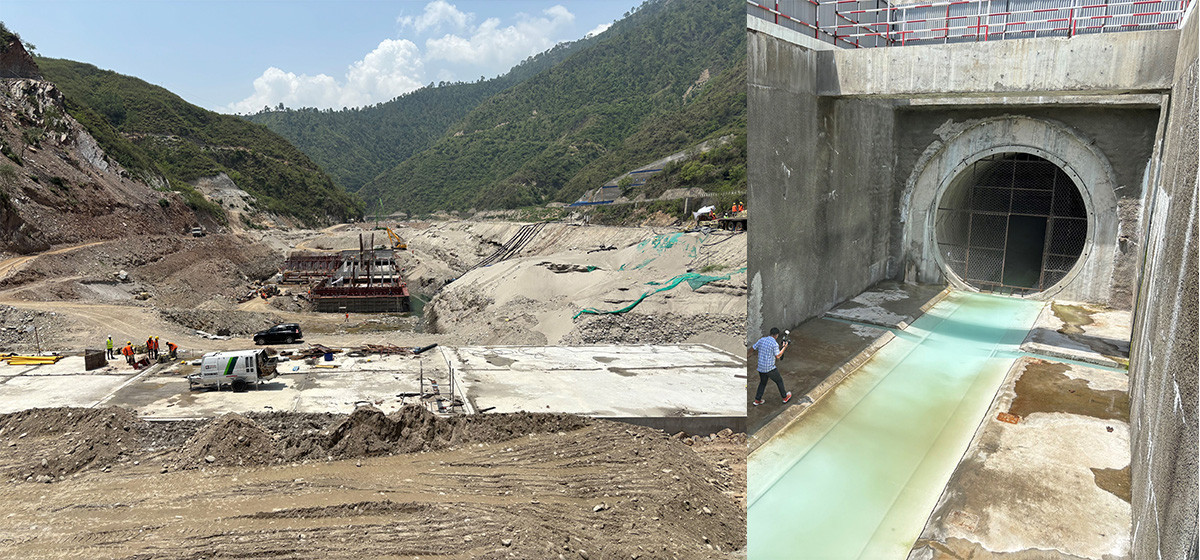




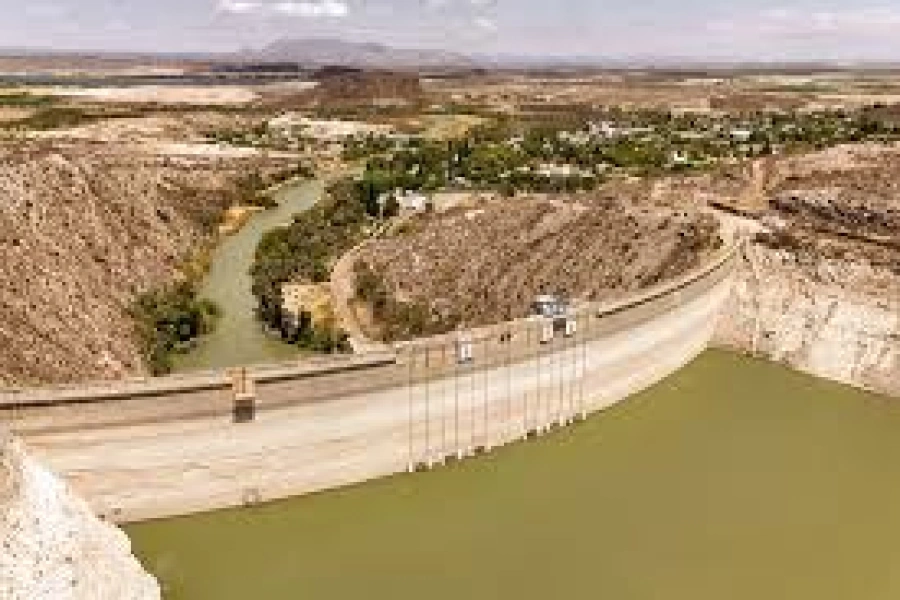







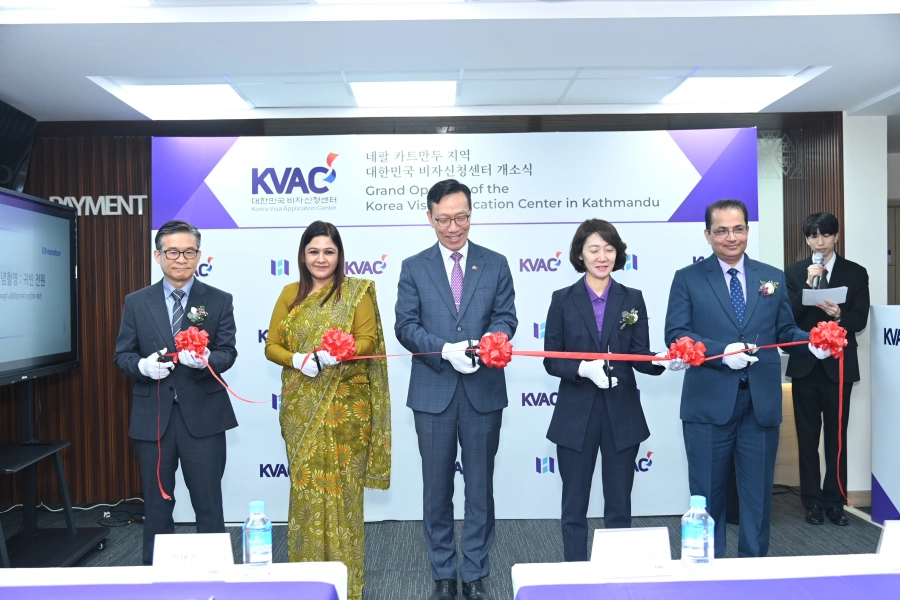


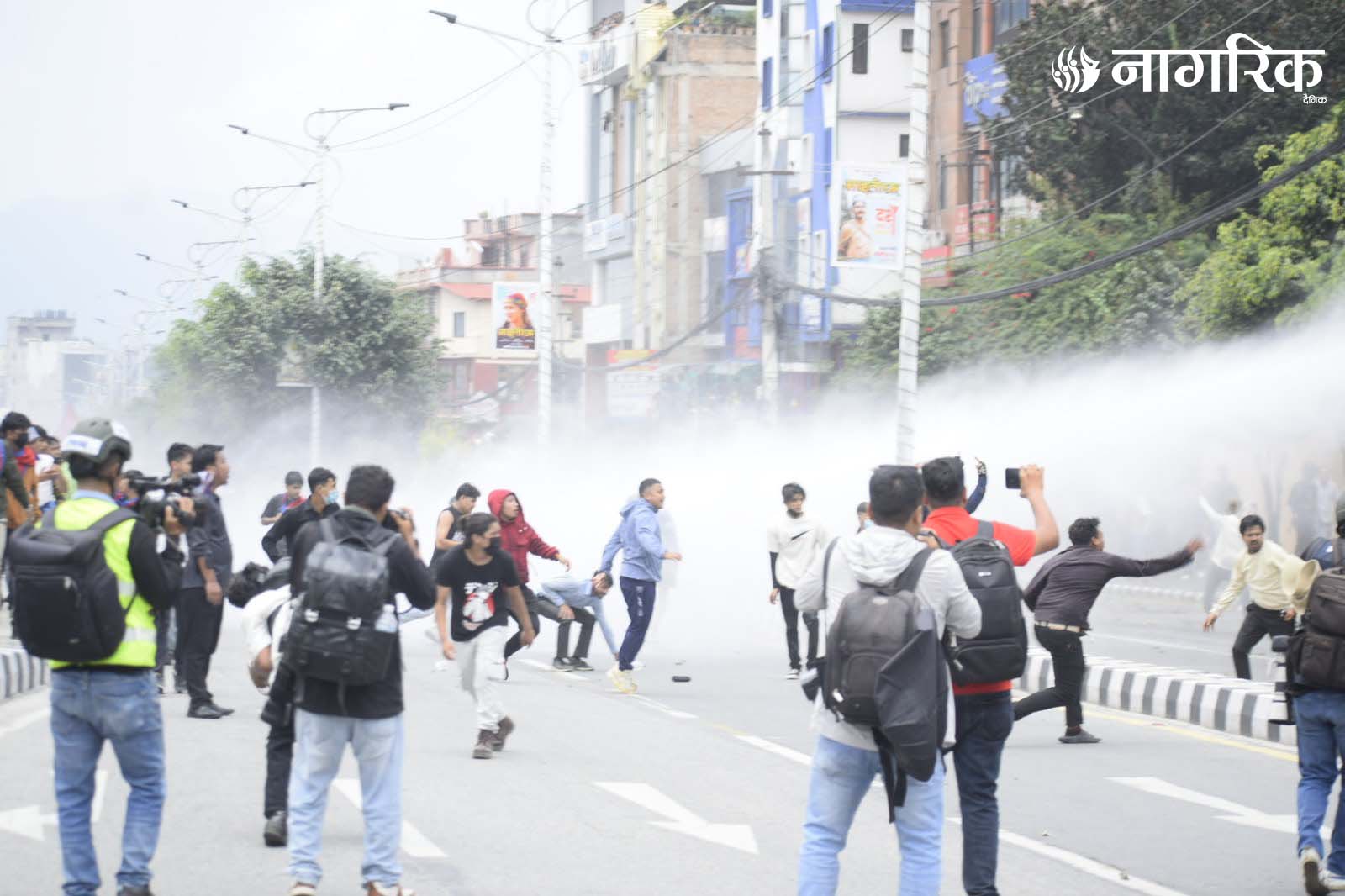



-1765616104.webp)

